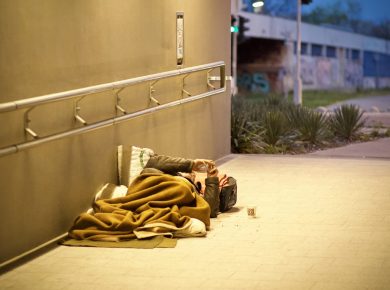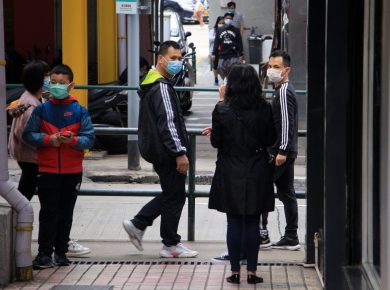Population growth lies at the heart of planning for Australian cities. For Melbourne in particular the race to build appropriate infrastructure and to structure plans depends importantly on how rapidly the population will grow over the next couple of decades.
Before the COVID-19 epidemic, forecasts from the State Government in its Victoria in the Future, (DELWP 2019), had Melbourne reaching a population of 6,781,149 in 2036.
Importantly LGAs on the edges of the city were forecast to grow disproportionately with Casey reaching 522,251 and Wyndham 459,216. At these sizes they dwarf regional cities like Ballarat and Bendigo.
The slow-down and reversal of immigration during the Covid epidemic, has changed forecasts of population. International migration for example has been negative as has interstate migration into Victoria. About 60% of Victoria’s strong population growth is driven by net overseas migration, about 10% by internal migration and the rest from natural increase.
The new national Centre for Population forecasts that Melbourne will be 6% smaller in 2031 than it would otherwise have been in the absence of the epidemic. It foresees a slow return to past immigration patterns and a reduction in birth rate.
However, it turns out that this makes virtually no difference to forecasts of Melbourne’s population – as shown in bold in the Table.
The reason for this oddity is that the Victorian State Government numbers were forecast off a lower base than the Federal numbers, apparently as a result of the under-counting of Victoria’s population prior to the COVID-19 episode.
Federal Post-Covid Forecasts equal Victorian Pre-Covid Forecasts
| 2030-31 | 2035-36 | |||
| Federal | Pre-Covid | Melbourne | 6,555,500 | 7,219,528 |
| Post-Covid | Melbourne | 6,164,400 | 6,788,890 | |
| Victorian | Pre-Covid | Melbourne | 6,253,062 | 6,781,149 |
| Pre-Covid | Wyndham | 404,651 | 459,216 |
Sources: Victorian data from Victoria in the Future, DELWP 2019: Federal data from the Population Statement 2021, Centre for Population
Notes: The Federal forecasts only run to 2030-31 so they have been extrapolated to 2035-36 using the prior year growth rates for comparability.
It makes sense then to continue to plan for strong population growth in Wyndham. Before the COVID-19 epidemic, Wyndham was expected to grow from 255,320 in 2019 to 459,220 by 2036, an increase of 203,890, and that still seems likely to occur. That is, the case for significant investment in Wyndham, Casey and the other emerging suburban hubs is very powerful.
There may actually be further upside:
- International migration may actually return to growth faster, and exceed earlier levels, given how well Australia has managed the crisis. The pipeline of potential migrants will be bigger,
- Governments will be keen to encourage migration because high population reduces the impact of the additional debt governments have accumulated ie the demand for migrants will be stronger,
- Anecdotal evidence suggests that the birth rate may have increased as people were locked down for long periods rather than declining as forecast. Working at home made it is a good year to be pregnant.








